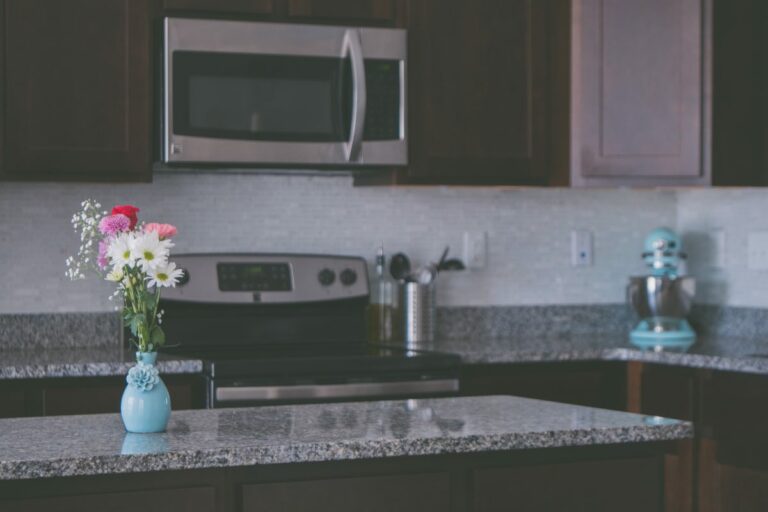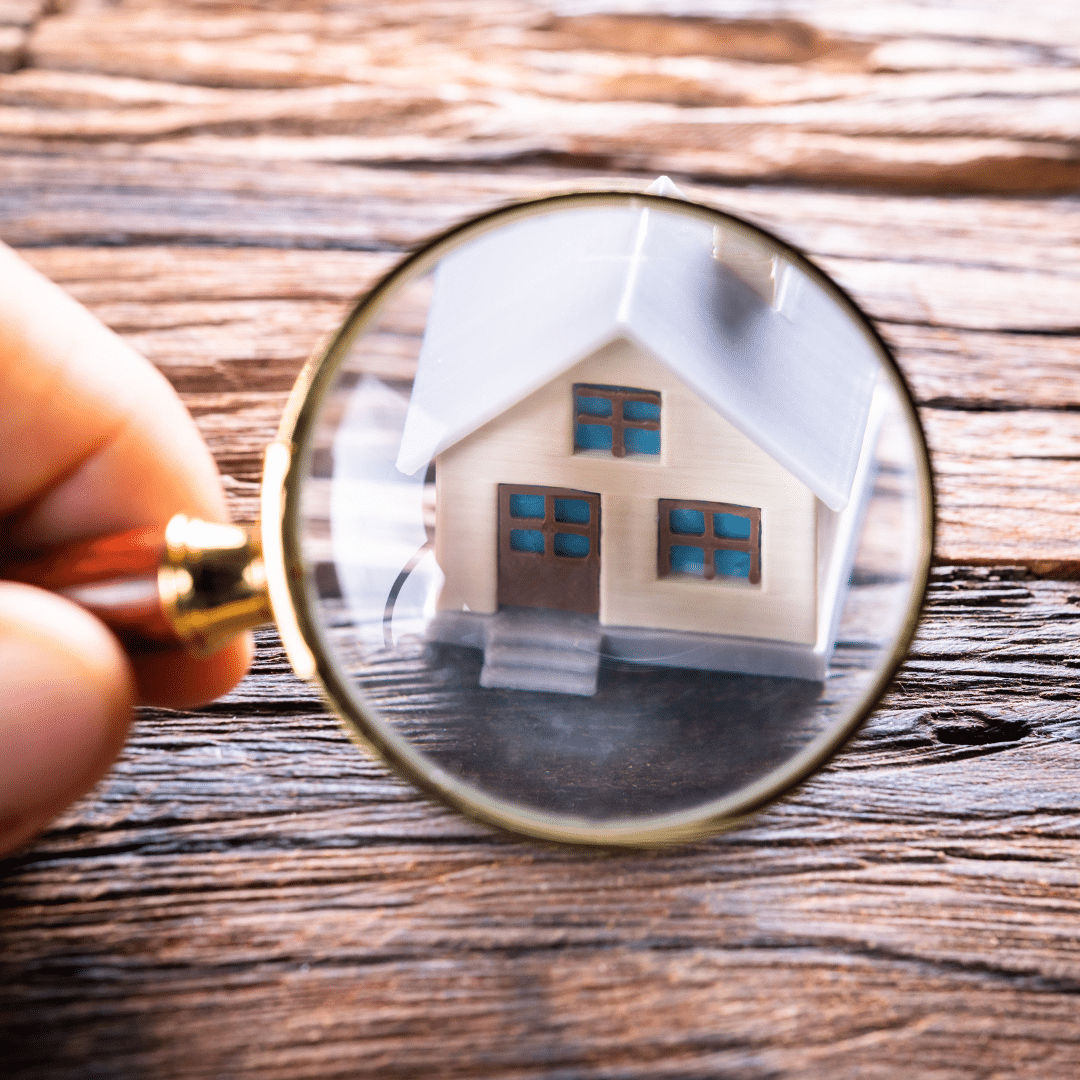Radon can kill. Radon is responsible for 20% of all lung cancer deaths per year in the United States, and is the most common cause of lung cancer after cigarette smoking (according to the Environmental Protection Agency).
Old tests may be inaccurate. Results can change with the season, reflecting changes in the way a home is ventilated and seasonal weather conditions. Even if the most recent test showed low levels, it’s a good idea to test again in 2018, especially if you can do it at a different time of year than the last test.You won’t have any surprises. It’s becoming more common for home inspectors to test for radon when you sell your home. If the test shows high radon levels in your home, it could slow down your home selling process. According to the EPA, one out of every 15 homes is estimated to have elevated radon levels.Radon is sneaky. Radon gas comes from underground uranium (which is what gives radon its radioactive properties). Sometimes the gas stays underground, but depending on the geology under your home, it can find its way out. Radon is a one-atom gas, meaning it can find its way through almost any barrier.Any home can have a radon problem. According to the EPA, radon can occur in all homes, not just older homes. Radon is found both in homes that are well sealed and homes that are drafty, with or without crawlspaces and basements.
Radon awareness is growing. Home buyers in 2018 will be asking about radon mitigation — so make sure you can use this as a positive selling point!Because people seal up their homes in the winter, the radon levels in a home may be elevated during this time of the year. When homes are sealed with weatherstripping for energy efficiency purposes, it can also trap radon in the home. During the winter months, it is more important to have your home tested for radon.









